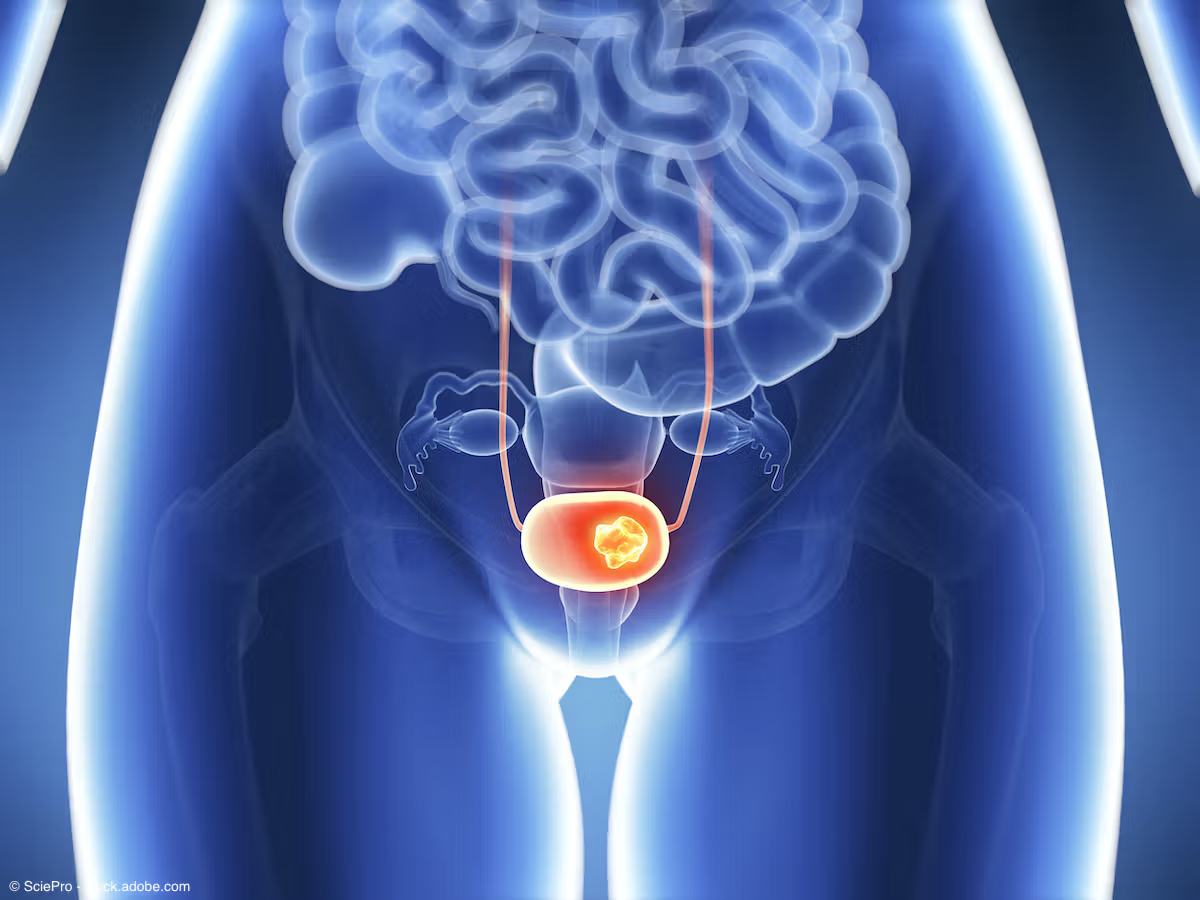Video
Clinical Implications of Recent KEYNOTE-057 Data
Author(s):
An expert on non-muscle-invasive bladder cancer discusses how data on Cohort B of KEYNOTE-057 presented at the AUA 2023 meeting might impact treatment strategies.
Transcript:
Eric A. Singer, MD, MA, FACS: What’s new with cohort B, and why did we do this? For cohort B, we were looking at disease-free survival at 12 months, and we found that almost 44% of patients had no evidence of disease at 1 year. That exceeded our target or expectations of what that would look like in this heavily pretreated population.
We also saw that at 2 and 3 years, that disease-free survival percentage stayed the same at 35%. So we’re seeing some evidence of some more durable responses. It’s lasting for a long time in patients. Now, obviously we’d like it to be higher than 35%, but remember that these are patients who had gone through 2 induction courses of BCG [Bacillus Calmette-Guerin], they had been heavily pretreated. So that was exciting for us to see not only the 12-month mark [exceed] our target where we were at 44%, but then seeing that stable 35% at years 2 and 3 was encouraging to show that this could be a durable treatment for many patients.
I think this could show us evidence that going to a systemic approach is feasible and does make sense for many patients. So instead of continuing to give things inside their bladder, this could be beneficial. Fortunately, there are a lot of exciting other things happening in bladder cancer as well, so patients will have more than one choice when they’re faced with [whether they] should continue medical therapy before going to surgical therapy with radical cystectomy. But for this update right now, [there were] no new safety signals, and patient-reported quality-of-life outcomes were good, with the majority of patients, around 75%, saying their quality of life was either the same or better while on treatment. And again, the durability of response was about 35% out to 3 years.
Transcript edited for clarity.

















